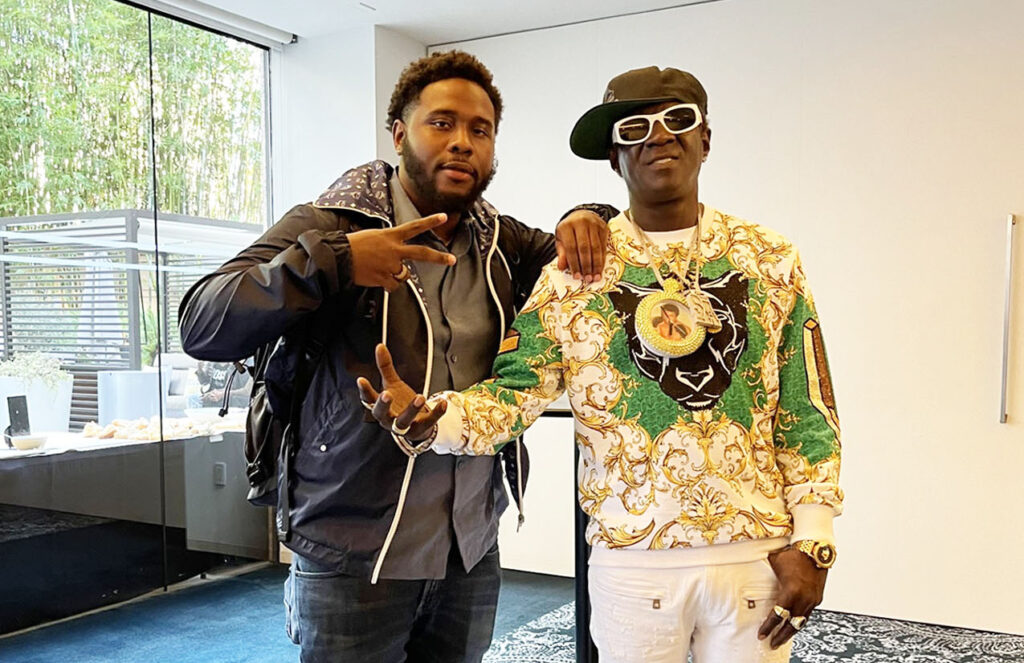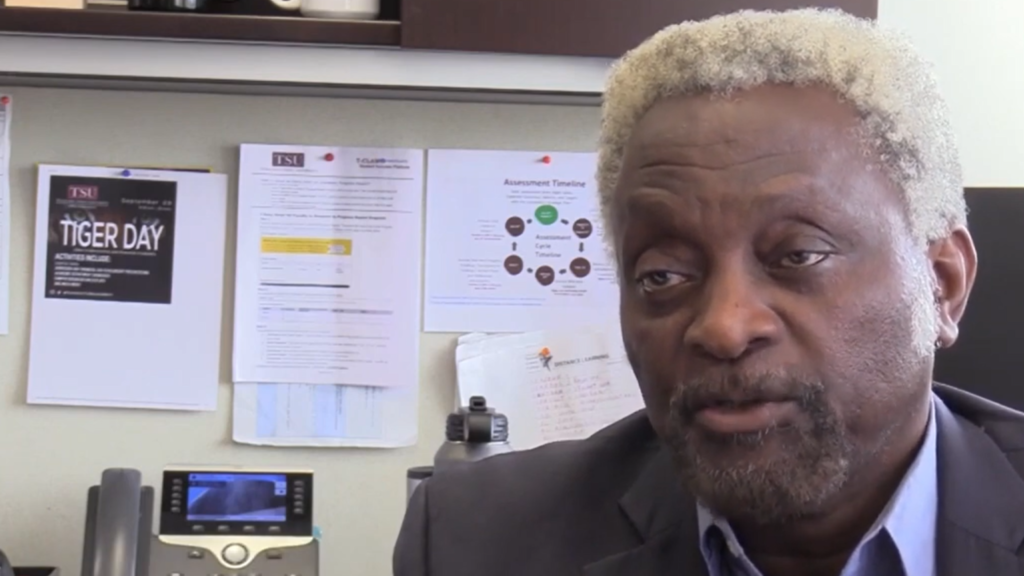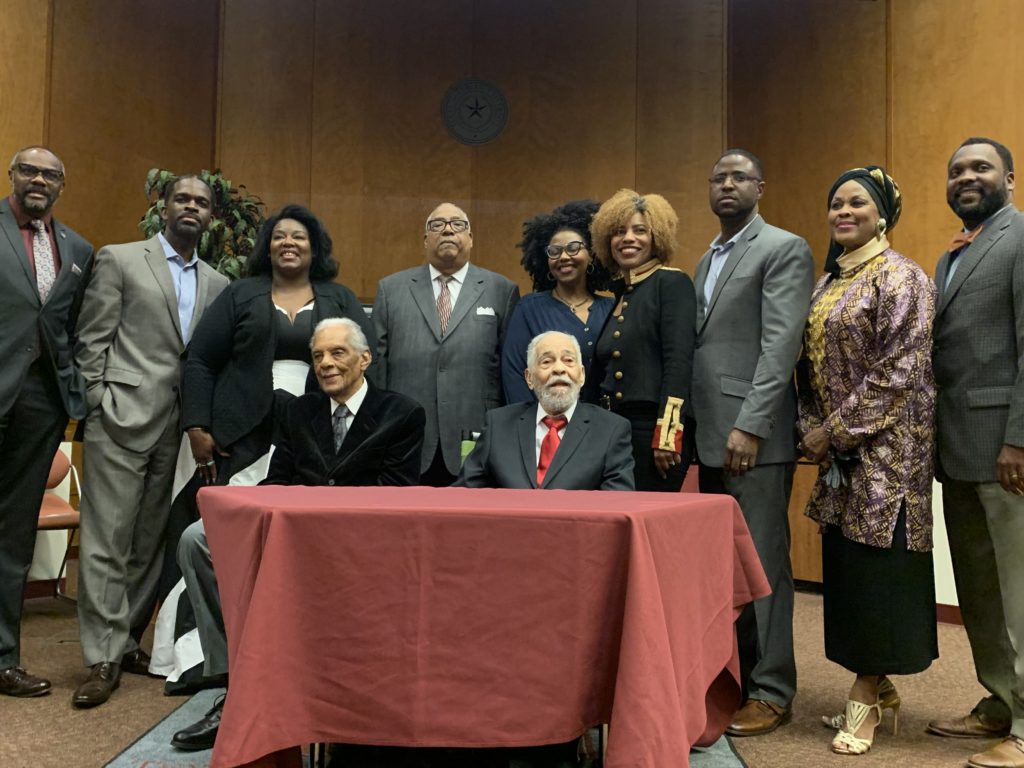Texas Southern University Icon Remembers 60th Anniversary of the first Houston Sit-In
Written by admin on July 27, 2020

By: Chandrelle Lazard
(Chandrelle wrote this article on March 4, 2020, the 60th anniversary of the sit-in. Mr. Bland transitioned on July 9, 2020.)
HOUSTON— The spirit of justice, passion and civil rights surrounded the illustrious Texas Southern University campus sixty years ago today.
Even though the laws of Jim Crow stood in opposition and the aura of segregation laid comfortably in the city of Houston, while the thick fumes of injustice clouded the deep South at the time, the young architects of change plotted the location, date and time for their opportunity to go into battle with the goliath of discrimination.
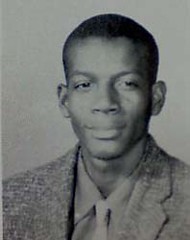
“We would tell them the actions, what we have to do and we couldn’t defend ourselves…we did some mock training sometimes 30 minutes before we would go…we would emulate some Caucasians,” said John Bland, former secretary of the TSU student organization, Progressive Youth Association (PYA), and one of the icons of the TSU movement.
The group of students tactfully assembled their helmet of righteousness, armor of justice and sword of protection to prepare themselves if the battle turned into a war.
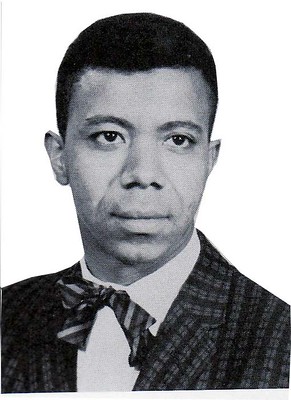
“Edlrewey Stearns, the leader of the PYA at the time, notified the police before the events for our safety. Every African American student knew if they showed any sign of emotion in the tornado of racial slurs, and even being spit at, our lives were put at risk,” Bland said.
On Mar. 4 1960, students like Holly Hogrobrooks and Halcyon Sadberry-Watkins met at TSU and marched their way boldly and fearlessly down Almeda Street to the Weingarten Grocery Store demonstrating the first sit-in Houston, Texas.
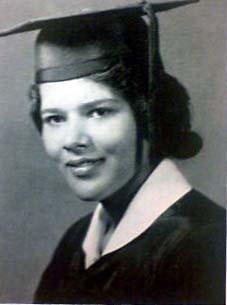
The nonviolent act taken by the young tacticians for justice started what would be a series of sit-ins, which led to change the political aspect of the city and played a major role in the desegregation of Houston.
John Bland was ready for today like he was 60 years ago. Sitting in the Department of Special Collections in the TSU library, he was prepared to reminisce, honor, and expound on the collection of history stored in the archives of the historically black college.

Bland reflected back where it all began, meeting with his colleagues to begin the march into the tense battle of injustice that would make history in the Space City.
“We met at the flagpole in front of TSU and we proceeded to march to Weingarten which took about 30-45 minutes; we chanted and we sang. When we got there we occupied the lunch counter as seats became available and of course it was a tense moment,” Bland said.
Further, the march to the grocery store started with 13 students however, by the time the students arrived at battle, there were nearly 72 students in their armor, ready to join the fight. Even as the police arrived, the sit-in lasted nearly four hours, in effect shutting down the business.
The courageous students continued the sit-ins targeting drugstores, supermarkets, retail stores and even City Hall. Many African-Americans in the city watched and supported the young students indirectly. Black customers boycotted many other stores while black businessmen stood by to bail students out of jail.
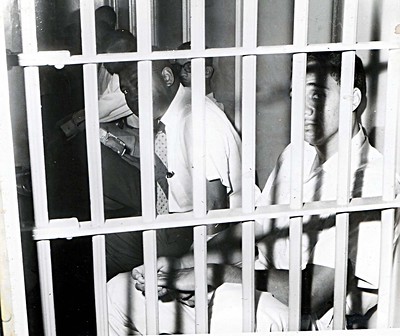
Bland reflected on the abuse, torment and immoral treatment African Americans received during the Jim Crow Laws on why he decided to keep marching on.
“I looked to the Deep South and saw people killed, hanged, beaten and buses burning. I just made up my mind that we need to make a change in the city of Houston,” Bland said.
Bland and the PYA were courageous and tactful in their noble act to bring justice to Houston. Despite knowing they were entering the eye of the storm, it was out of sheer frustration and steadfast determination that these young engineers for equality continued to fight and make change.
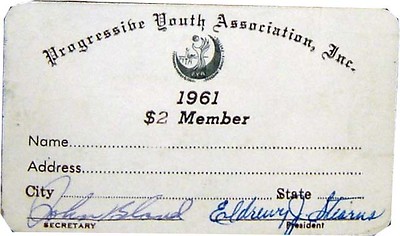
“It was not without consequence, I had to use a different address because my parents were being threatened to be fired from their jobs. It wasn’t an easy struggle,” Bland said. “From our movement we were able to promote black peoples into meaningful jobs and give them more respectability and responsibility,” said Bland.
TSU Assistant Dean and Professor Serbino Sandifer- Walker makes it her mission to keep students aware of the historical event.
“It tells the history of people who were determined to be equal; they simply wanted the opportunities that their country, city state denied them,” Walker said.
On the 50th anniversary, Walker orchestrated a march with the original students, current students, city leaders, state leaders, and many others to commemorate this historic event.
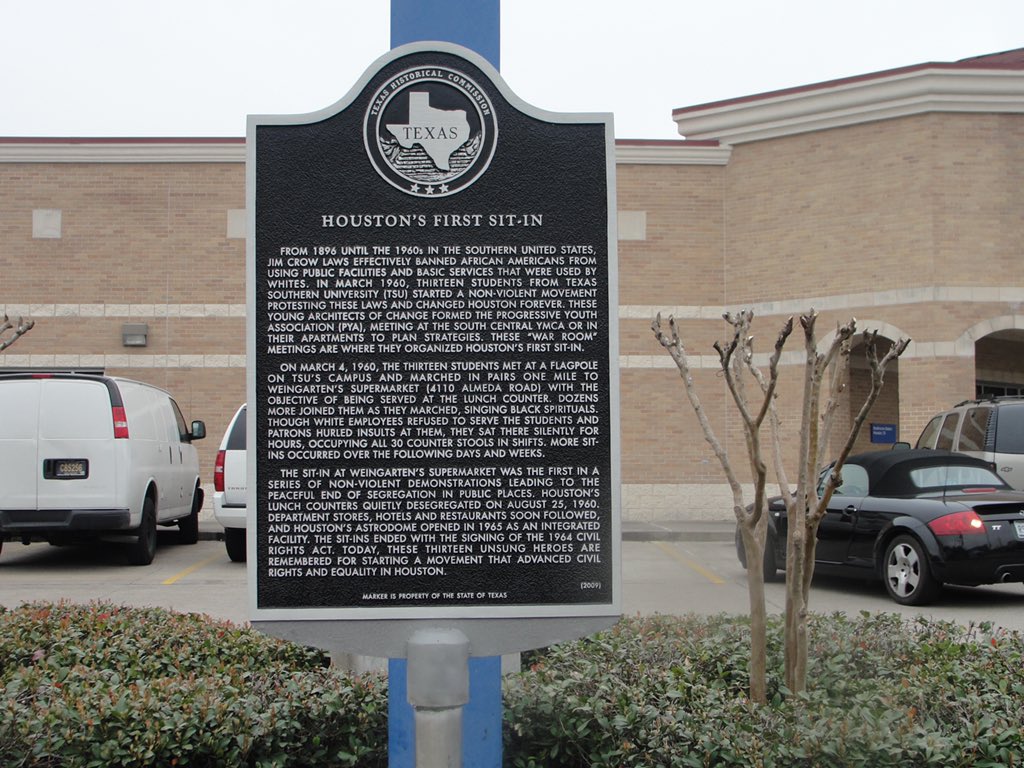
Although an U.S. post office now sits at the location, a Texas historical marker was placed in front of the building to honor the young warriors who led the charge to desegregate Houston.
Even though, individuals like Walker keep the legacy alive, Bland still believes there’s still more to be done to fight the goliath of discrimination.
“It’s really bittersweet, you can see a lot of progress being made, but you also see that the old ugly head is rising, Bland said. “There’s a different type of discrimination and it’s more sophisticated.”
Bland encourages students to harness the courage he reflected 60 years ago.
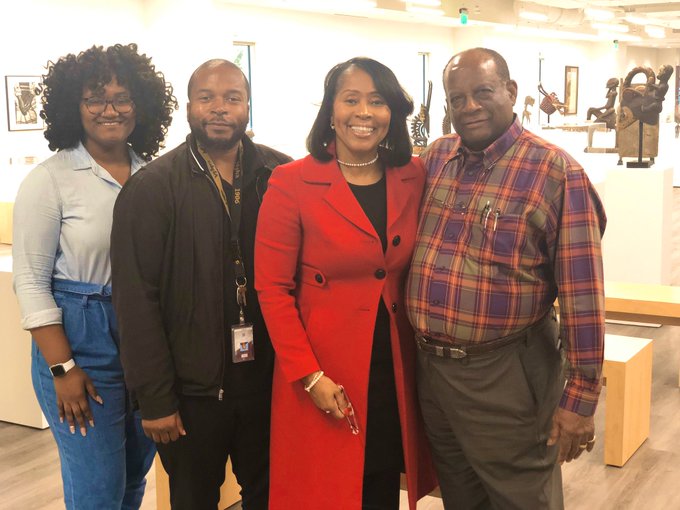
“You got to be involved and you got to stand up for your rights. If you don’t, we’re only going to set ourselves back going 20 steps forward and 50 steps back,” Bland said. “That’s not our legacy; our legacy is to make 20 steps forward and a 100 more farther.”
Through his long, decorated life of fighting for civil rights and equality for the future generation of Houstonians for decades, the warrior for justice peacefully transitioned on July 9, 2020. The cause of his death was due to complications from COVID-19, his family confirmed.

